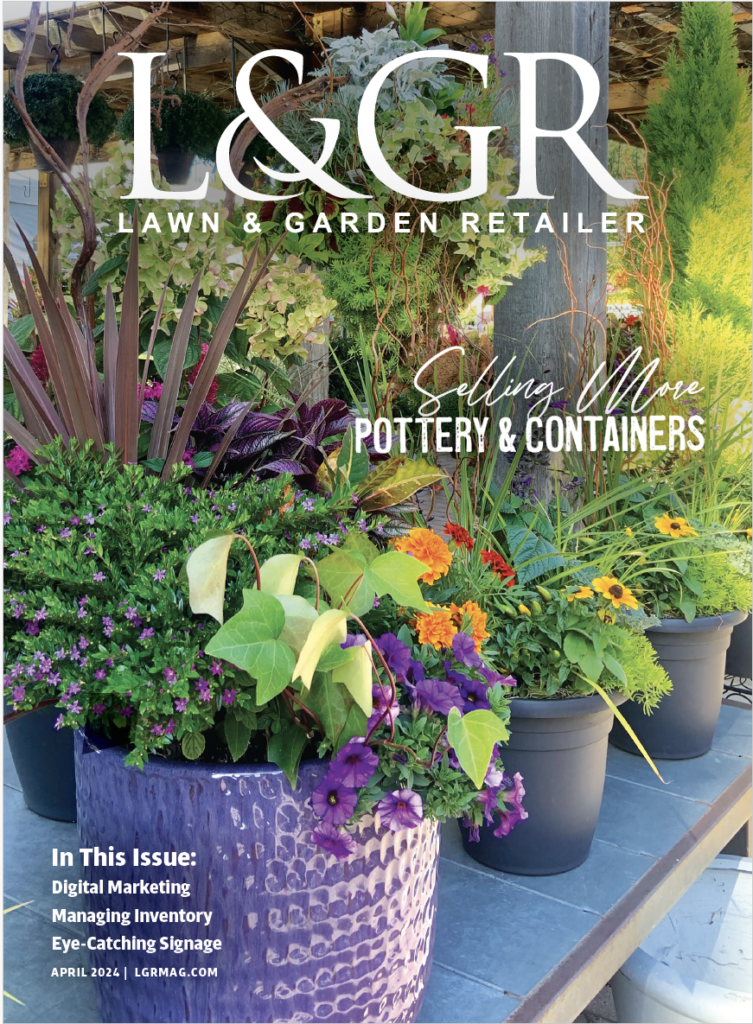GET IMPULSIVE
We have all bought off the cuff before. Think about it. How many times have you found yourself in the grocery checkout line looking at key-chains, toothbrushes or fingernail clippers? Did you really need that key-chain, or did you just pick it up because it caught your eye? We don’t need most of the products that we leave the store with, but because of smart advertising and placement in key locations, we are all too often hooked. We are bombarded with subliminal messages that scream, “Buy this! Try this! Own this!”
This same concept is just as true for the garden center as it is for the grocery store.
According to a study done by the Point of Purchase Advertising Institute, “Up to 70 percent of all purchase decisions are made in the store,” meaning your strategic influence can really boost sales.
Impulse buying does not affect every shopper the same way, though. For instance, the more the shopper is experienced, the less likely they will be to purchase an impulse product. However, the more inexperienced shopper is much more easily enticed to buy a product they did not come into the store intending to buy.
How to make them buy
From my experience, I tend to have specific products in mind before I enter the store. In fact, 61 percent of my brother Jacob’s garden center customers report that they come into the garden center with a specific garden plan. However, that has not kept most others, or me, from occasionally purchasing a product we really did not need. Here are some of the main reasons why shoppers are hooked on impulse buying:
Attractive displays always catch the eye. When plants, or plant products, are neatly displayed, and more importantly give shoppers ideas, customers are more susceptible to purchasing a product they did not plan on purchasing. This shopping behavior was affirmed in a report published by UK-based Gardening Which? entitled “Garden centers leading you up the impulse buying path.” The report stated that “Attractive displays of seasonal plants encourage impulse buys, straight rows of identical plants imply a bargain, whereas a mixed display signals that something more exclusive is on offer and entices you to buy the accompanying plants to mimic the effect.” If I, an experienced gardener, can be lured from my shopping list by great displays, then the inexperienced gardener, without a plan, can easily be persuaded.
Products that are in the line of view get the attention. I once read that if the customer cannot see the product, they will not buy it. Makes sense, right? Why do you think little things like super glue and pens sell so well at the grocery checkout? It is because you see them. You rarely walk into the store needing super glue, but when you see it you instantly remember that fix-it project you have been needing glue for. The same concept applies to the garden center. Help the customer remember the products they may have forgotten. Did they forget to buy a new pair of gardening gloves? What about that lost rake their neighbor borrowed last fall? Help the customer help you sell.
Easy access gets the product sold. A store that is well-organized and customer-friendly is a store that thrives. Items must be easy-to-reach and light enough to place in a cart. Customers, including myself, will not put any extra effort into buying ancillary products. Beyond just being well-organized, the aisles of a successful store must entice the shopper to explore. Most customers rarely get to the back and sides of the store perimeter. Create aisles that lead the customer to these obscure places. In addition, make the aisles wide and inviting. I will not go down an aisle that looks crowded. It’s too much effort. In fact, I read in one of my brother’s merchandising books that shoppers will hesitate to head down an aisle that is less than six feet in width.
Signage can strongly affect the impulse buy. A customer will not stand and read a sign. Actually, customers will only give a sign a second or two to make the sales pitch, so make signs full of images, with few words and large print. Signage can be great for selling products but is also useful for directional purposes. A customer will feel a store is more organized and helpful when directional signs are used.
You may be wondering if these tips really work or how you could implement these changes in your own garden center. From my experience, they do work, and with some small or large changes, you too could see positive sales results.
Jacob: a case study
Before Jacob started making any changes to his store two years ago, we began taking a close look at ourselves. After all the book research was complete, we studied our own shopping tendencies. We questioned why we walked out of a store with more than we walked in intending to buy and what that store did to make that happen. My husband even got active in the field study. For years, he has questioned how I could spend so much money; I think now he knows the answer.
Before making any changes in your own garden center, be sure to do all the necessary research ahead of time. Study your own shopping behaviors. Know what gets your attention. Your community and demographics can play a large part in the process as well. What worked for Jacob’s customers may not work for yours, so know your customers’ needs well.
After all the studying was done, Jacob slowly began making changes in his store. He is a firm believer that if you give customers ideas of what to do with the product, they will buy more and return to the store more often. Naturally, Jacob began by beefing up displays. He set them up in a way suggesting that if you buy one of the products off the shelf, then it only makes sense to buy the others. For instance, he set up a vegetable display that included vegetable seed, flat trays, label makers, soil and a grow light. It was everything you would need to start indoor vegetable seedlings all in one store location.
Jacob also put products within eye view. Smaller products that were normally at the perimeter or back of the store were moved up toward the register. Items like hard goods, small houseplants, fertilizer sticks and gardening gloves were highlighted at the front. These often “hidden” products were rotated every few weeks to keep the register stock fresh.
Jacob also put an emphasis on the importance of organization in the store. A new schedule was put in place so that every evening, before closing, staff members would check the store for out-of-place items, out-of-reach items and low-inventory products. It was a new policy that no item should ever be out-of-reach to the customer and that any potentially heavy items would have a sign stating that a sales representative would carry the item for the customer. In addition, the areas in which bigger products were usually placed were “patrolled” more by staff members.
The most recent change Jacob has made is the use of signs. He added more directional and sale signs. Signs that are simple and full of graphics now adorn his garden center. Jacob has bigger plans for changing the store and will be implementing those ideas over the coming months and years. He ultimately wants to widen his aisles, creating pathways that make the customer want to explore the store more.
These tips have really helped Jacob develop an exciting store and can help you, too. Get into customers’ minds and cater to their impulsive needs.
Next month I will be giving you firsthand accounts of what garden center shoppers want from your store and how you can give them what they desire and so much more.


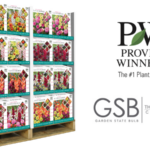
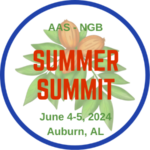
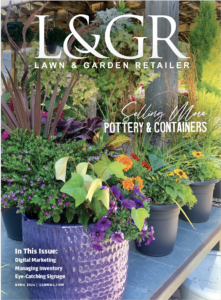
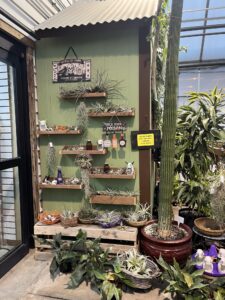
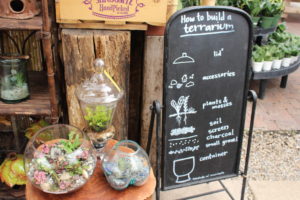
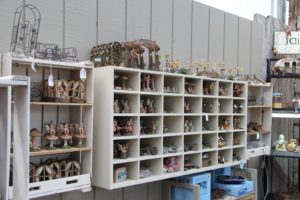

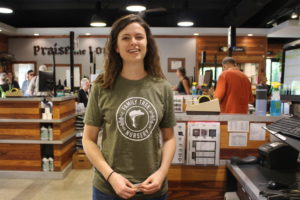
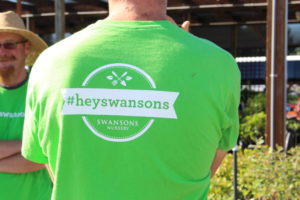
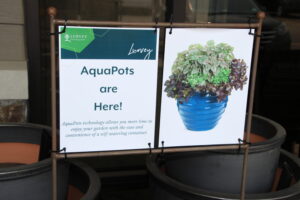
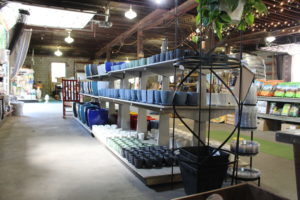
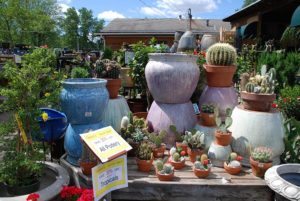

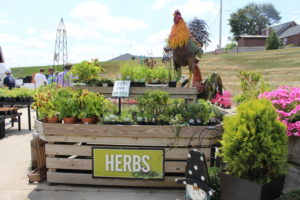
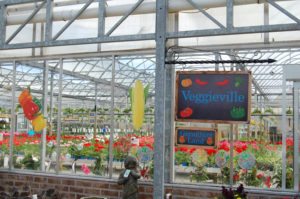
 Videos
Videos




